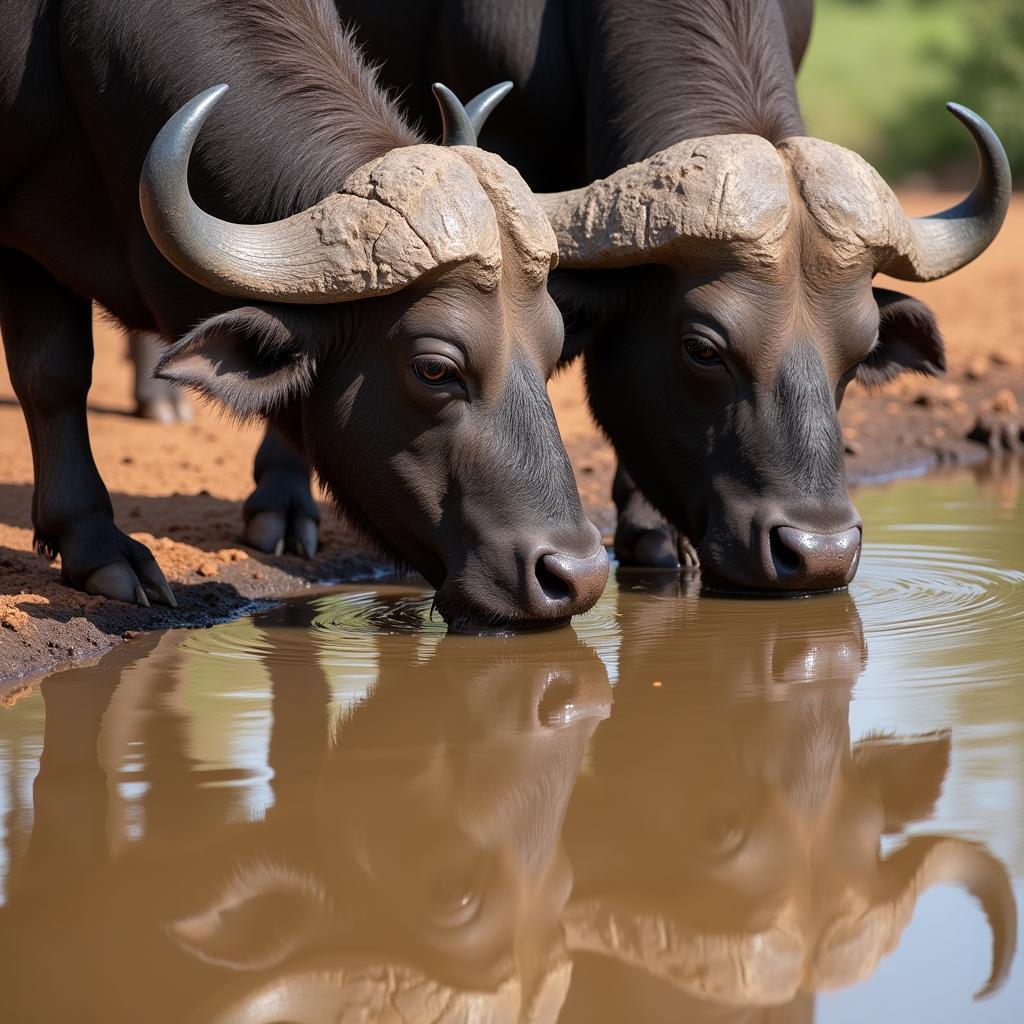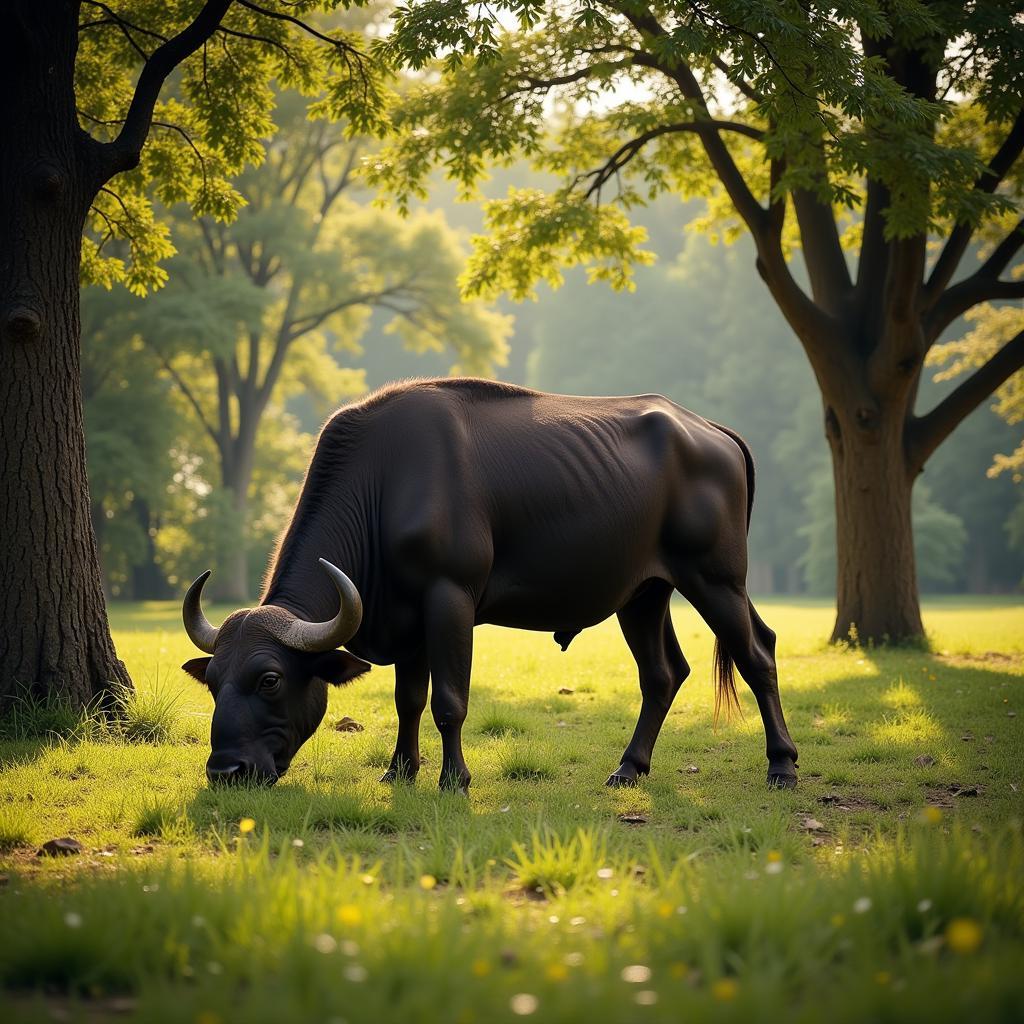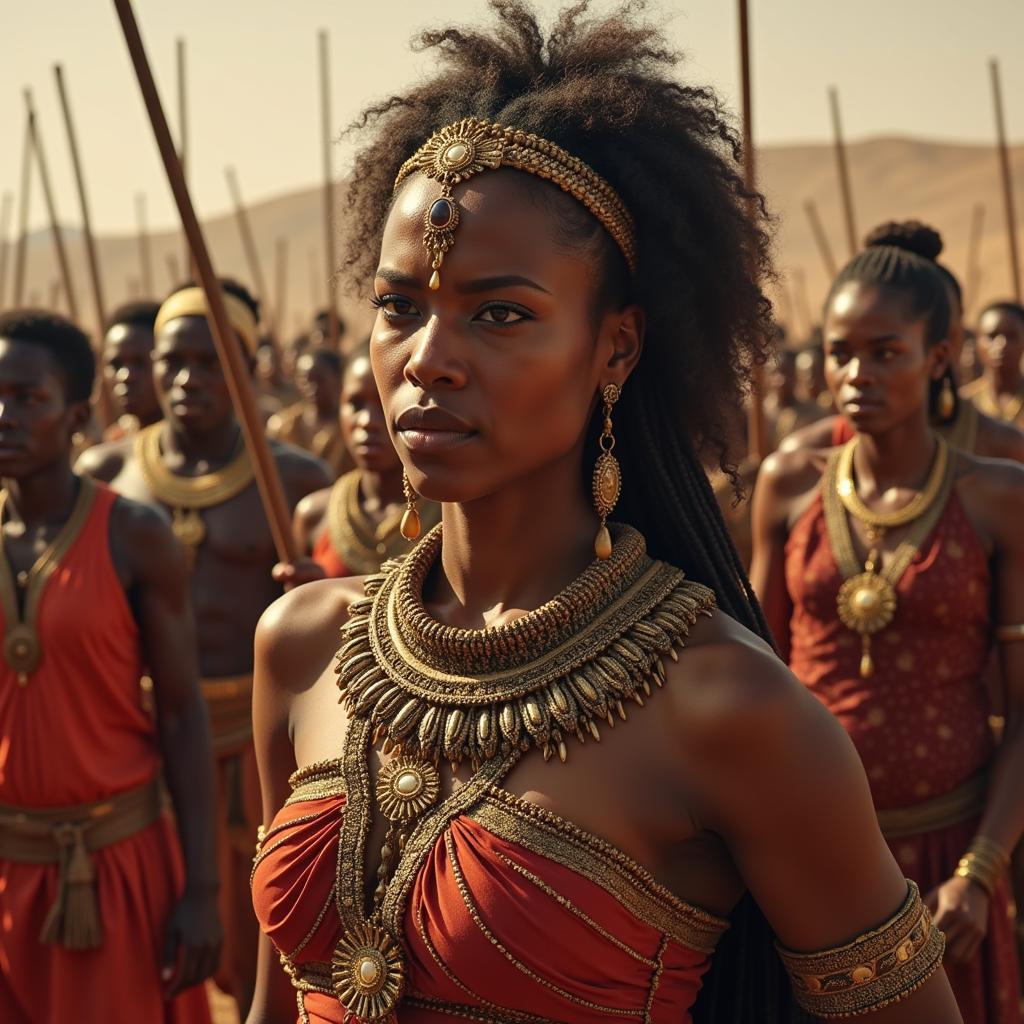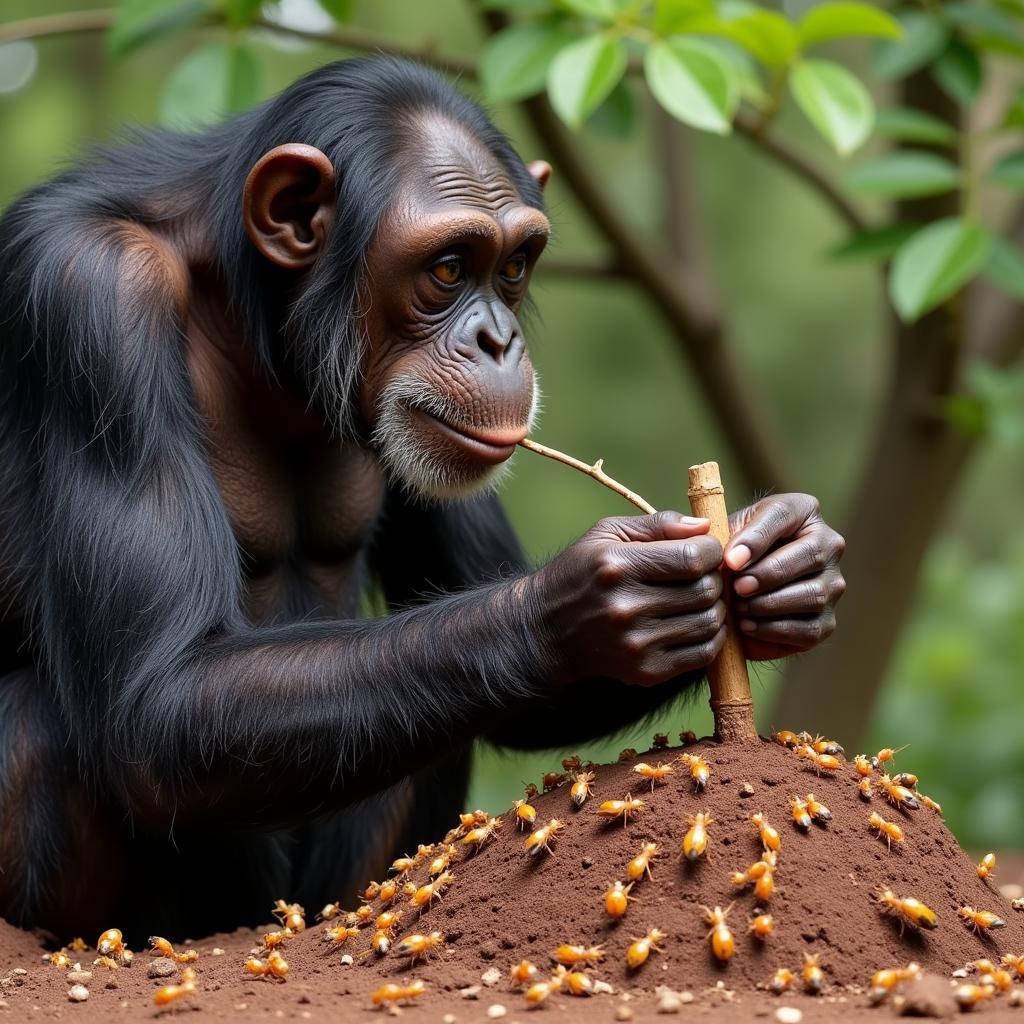African Buffalo Animals: The Mighty Giants of the Savanna
African buffalo animals, often called Cape buffalo, are a sight to behold on the African savanna. These imposing creatures are a potent symbol of Africa’s wild beauty and untamed spirit. Far from the docile water buffalo often seen in Asia, these African bovines are known for their unpredictable nature and raw power.
Unveiling the African Buffalo: Characteristics and Behavior
African buffalos are easily recognizable with their massive size, distinctive horns, and dark, leathery skin. Standing up to 1.7 meters tall and weighing up to 900 kilograms, their sheer bulk is impressive. Their most striking feature, however, is their horns. These form a formidable boss across their forehead, especially in mature males, and can reach impressive spans.
These animals are highly social and roam the savannas and woodlands in large herds, often numbering in the hundreds. This herd mentality provides them with strength in numbers, especially against predators like lions, which they face down with a fierce collective defense. Despite their size, African buffalos are surprisingly agile and fast, capable of reaching speeds of up to 57 kilometers per hour when charging.
Habitat and Distribution of African Buffalo Animals
African buffalo animals are widely distributed across sub-Saharan Africa, thriving in a variety of habitats. From the open savannas and grasslands to the denser woodlands and even mountainous regions, they’ve adapted to a range of environments. Their ability to graze on taller, coarser grasses gives them a competitive edge in areas where other herbivores might struggle.
However, access to water is crucial for these large herbivores, especially during the dry seasons. Their distribution often follows water sources, and they are known to wallow in mud to regulate their body temperature and escape biting insects.
 African buffalo at waterhole
African buffalo at waterhole
The Importance of African Buffalos in the Ecosystem
African buffalo animals play a significant role in their ecosystem. As large herbivores, they are key grazers, influencing the structure and composition of the vegetation. Their grazing habits can help control the growth of certain plant species, benefiting others and promoting biodiversity.
Their dung also contributes to nutrient cycling, fertilizing the soil and supporting a complex web of life, from insects and dung beetles to birds and small mammals. However, their large populations can also impact the environment, particularly in areas where their numbers are not naturally regulated. Overgrazing can lead to habitat degradation, affecting other species that depend on the same resources.
Threats and Conservation of African Buffalo Animals
Despite their impressive size and formidable reputation, African buffalo animals face a number of threats. Habitat loss and degradation due to human encroachment, agricultural expansion, and climate change are major concerns.
 African buffalo grazing in woodland
African buffalo grazing in woodland
Disease outbreaks, such as foot-and-mouth disease and bovine tuberculosis, also pose significant risks to buffalo populations. Poaching for their meat and horns remains a threat in some regions. Conservation efforts are crucial to ensure the long-term survival of these magnificent creatures. Protected areas and national parks play a vital role in providing safe havens for African buffalos. Anti-poaching patrols, community conservation initiatives, and sustainable land management practices are essential for mitigating threats and ensuring the health and sustainability of buffalo populations across Africa.
African Buffalo Animals: An Enduring Legacy
African buffalo animals are an integral part of Africa’s rich biodiversity. Their powerful presence, intricate social structures, and important ecological role make them a truly remarkable species. Understanding and appreciating these magnificent creatures is essential for ensuring their continued survival in a rapidly changing world.
By supporting conservation efforts, promoting responsible tourism, and spreading awareness about their plight, we can help safeguard the future of these iconic animals for generations to come.
FAQ
What is the difference between an African buffalo and a water buffalo?
While both belong to the Bovidae family, African buffalos and water buffalos are distinct species. African buffalos are larger, have a characteristic fused horn boss, and are known for their aggressive nature. Water buffalos, mainly found in Asia, are typically more docile and used for domestic purposes.
Are African buffalos dangerous to humans?
Yes, African buffalos are considered one of the most dangerous animals in Africa. They are known for their unpredictable temperament and have injured and killed more people in Africa than any other large animal.
What do African buffalos eat?
African buffalos are herbivores and primarily graze on grasses. They are known for their ability to digest tougher grasses that other herbivores avoid.
Do African buffalos have any predators?
While adult African buffalos in a herd have few predators, lions are their main natural enemies. Lions will often target calves or attempt to isolate individuals from the herd.
Can you hunt African buffalo?
Hunting regulations for African buffalos vary depending on the country and specific areas. In some regions, controlled hunting is permitted as a form of wildlife management and revenue generation for conservation efforts. However, it is crucial to follow all regulations and hunt ethically and sustainably.
Contact us at +255768904061, [email protected] or visit us at Mbarali DC Mawindi, Kangaga, Tanzania, for more information about African buffalo and other fascinating African wildlife. Our dedicated team is available 24/7 to answer your questions and provide support.

